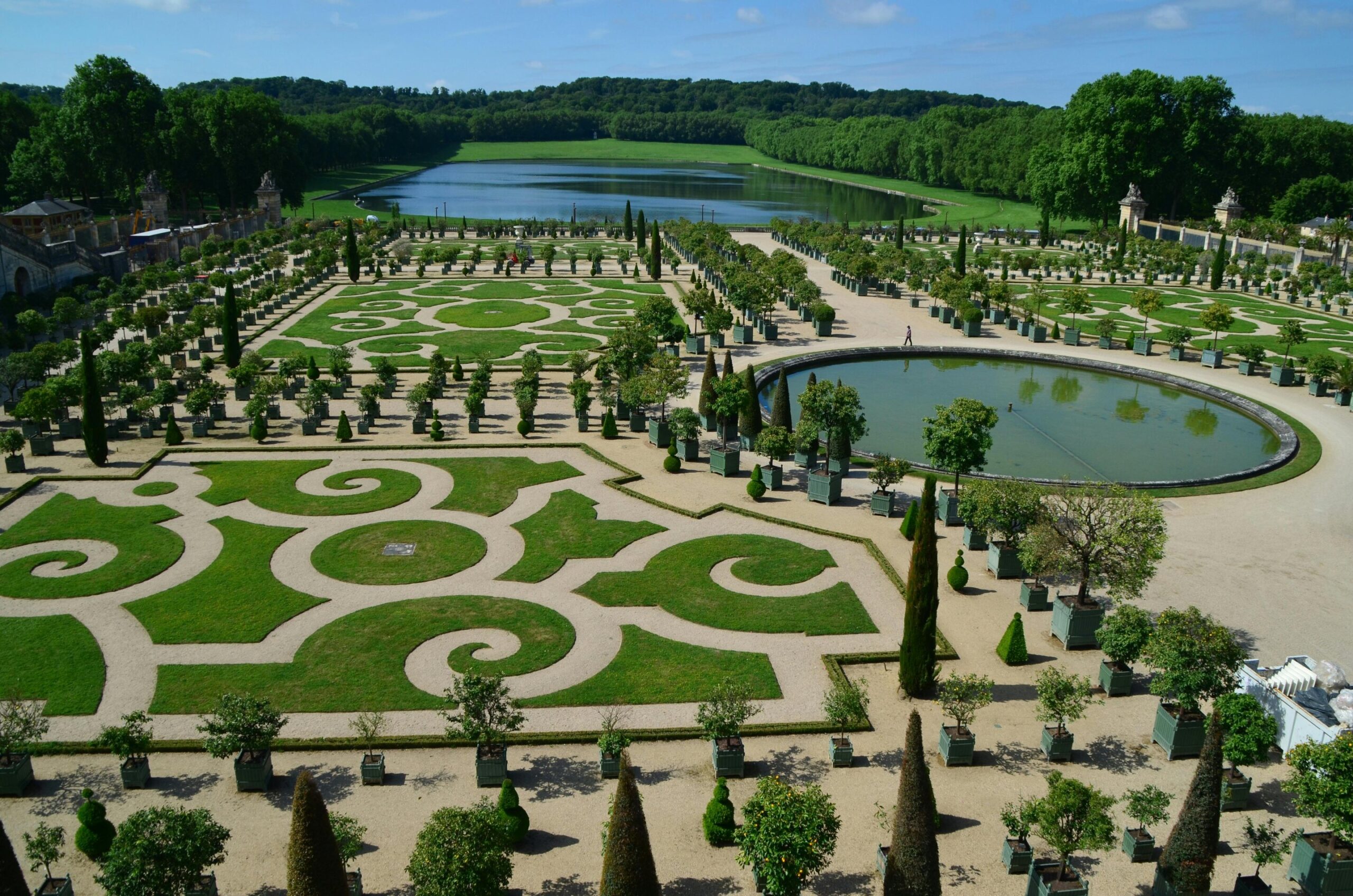
In a groundbreaking update to its visitor experience, France’s iconic Palace of Versailles has integrated artificial intelligence technology to replace traditional audio guides with interactive ‘talking statues’. This innovation is part of a broader initiative to modernize the way visitors explore one of the world’s most famous historical sites.
The newly introduced system allows guests to engage in real-time conversations with AI-driven representations of historical figures, transforming passive listening into a dynamic and personalized educational experience. Rather than hearing a pre-recorded sequence of facts through a headset, visitors can now ask questions and receive tailored responses from the statues, presented using lifelike voices and programmed to draw on extensive historical data.
This initiative is a result of a collaboration between the Palace of Versailles and developers specializing in artificial intelligence and heritage conservation. The goal is to deepen engagement and make the learning process more immersive for visitors of all ages.
Still in its early stages, the technology has been installed in several key areas of the palace, with plans to expand the number of interactive statues as the project progresses. Developers have trained the AI using historical texts, expert input, and data from archival sources, ensuring that the conversations remain accurate and informative.
The integration of conversational AI in such a historic site underscores growing trends in cultural institutions using modern technology to enhance educational outreach while maintaining respect for tradition and heritage. Feedback from initial users has been overwhelmingly positive, with visitors praising the engaging and interactive nature of the experience.
As museums and heritage sites around the world look to innovate post-pandemic, Versailles’ adoption of AI could inspire similar projects globally. For now, visitors to the former royal residence can enjoy a more vibrant retelling of history—one that speaks directly to them.
Source: https:// – Courtesy of the original publisher.








